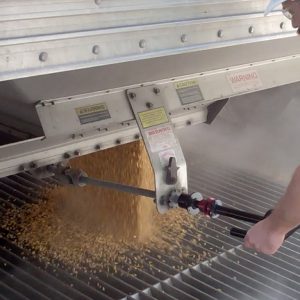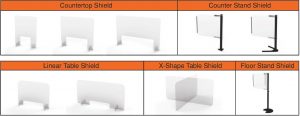KC Supply would like to wish Happy Holidays to their beloved customers and clients!

It has been a long and challenging year. No one can deny that the country—and the whole world, for that matter—has experienced a massive upheaval this year. Businesses of all sizes have felt a significant impact on their processes, profits, human resources, and even the way they do business. Many of them were unable to withstand the massive economic and financial blows that numerous industries have endured. The ones who remain still weather on, holding together by virtue of arduous work, sacrifice, and fortitude.
Now, the end of this long year has almost arrived. And everyone, including the staff at KC Supply, is looking forward to happy holidays and the thought of a brighter future. KC Supply has tirelessly continued its work, supplying customers, clients, and industries with the parts, equipment, material, and guidance that they need in these uncertain times.
Part of what made KC Supply so resilient and strong in its continued work is the knowledge that they are helping to power the nation’s food and fuel supply, maintain it and keep Americans all across the country safe and fed in their homes, with heat, power, and a continuous supply of food still going the stores and markets.
For this, KC Supply would like to also thank the tireless essential businesses and industries for their ongoing, dedicated work. Through the unity of all these entities and businesses, households remain warm and lit, and there is food for everyone throughout this crisis. The work that they have done cannot possibly get understated: they have made brighter holidays possible.
KC Supply wishes Happy Holidays to all of the businesses and industries they have worked with, from supervisors to front line employees, all of whom have been the country’s backbone. With their help and everyone’s hard work and cooperation, people all over the country can continue to enjoy their holidays in the best ways possible.





